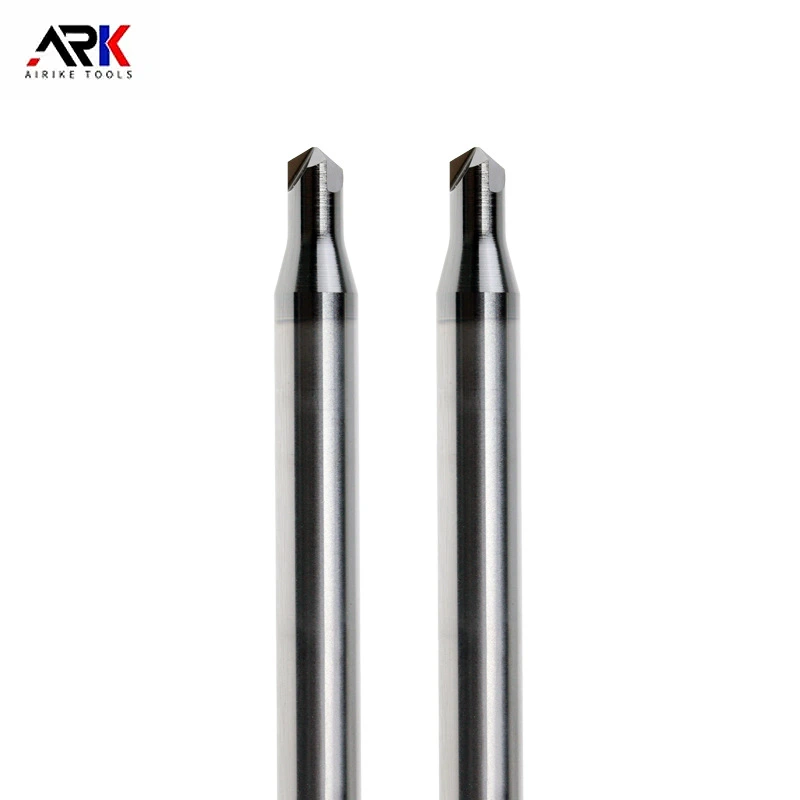Understanding Milling Cutters: Types, Uses, and Benefits
2025-03-14
Milling cutters are indispensable tools in the machining industry, designed to remove material with precision and efficiency. Whether for industrial manufacturing or small-scale machining projects, understanding different milling cutter types, their uses, and benefits can significantly enhance productivity and work quality.
Types of Milling Cutters
Milling cutters come in a variety of shapes and sizes, each designed for specific applications. Below are some of the most common types:
1. End Mills
- Used for profiling, contouring, slotting, and pocketing.
- Available in square, ball-nose, and corner-radius designs.
- Ideal for producing detailed and precise cuts.
2. Face Mills
- Designed for high-speed surface machining.
- Features multiple cutting edges for efficient material removal.
- Best suited for flattening large workpieces.
3. Ball Nose Cutters
- Have a rounded tip for smooth contouring and 3D milling.
- Commonly used in mold making and die production.
- Provides excellent surface finishes.
4. Slab Mills
- Used for heavy material removal in horizontal milling.
- Ideal for rough machining of large surfaces.
5. T-Slot Cutters
- Specifically designed for machining T-slots in workpieces.
- Useful in applications requiring secure fixture positioning.
6. Fly Cutters
- Single-point tools that create smooth surfaces.
- Common in manual and CNC milling for fine finishing operations.

Uses of Milling Cutters
Milling cutters serve multiple applications across industries such as automotive, aerospace, construction, and metalworking. Their primary uses include:
- Material Removal: Efficiently cut and shape workpieces from metal, plastic, and composites.
- Surface Finishing: Provide smooth and precise finishes in manufacturing processes.
- Slotting and Grooving: Create slots, keyways, and intricate grooves.
- Contouring and Profiling: Used in mold making and detailed design work.
Benefits of Using Milling Cutters
Investing in high-quality milling cutters offers several advantages:
- Increased Precision: Ensures accurate cuts and superior surface finishes.
- Higher Efficiency: Reduces machining time and improves workflow.
- Versatility: Suitable for a wide range of materials and applications.
- Longer Tool Life: Durable materials like carbide and high-speed steel extend cutter longevity.
- Enhanced Productivity: Minimizes manual labor and optimizes machining processes.
Conclusion
Understanding the different types of milling cutters and their applications can help machinists and manufacturers optimize their production processes. Whether you need precision detailing or heavy material removal, selecting the right milling cutter ensures efficiency, accuracy, and longevity in your machining operations.
Do you need help choosing the best milling cutter for your project? Let us know how we can assist you!


